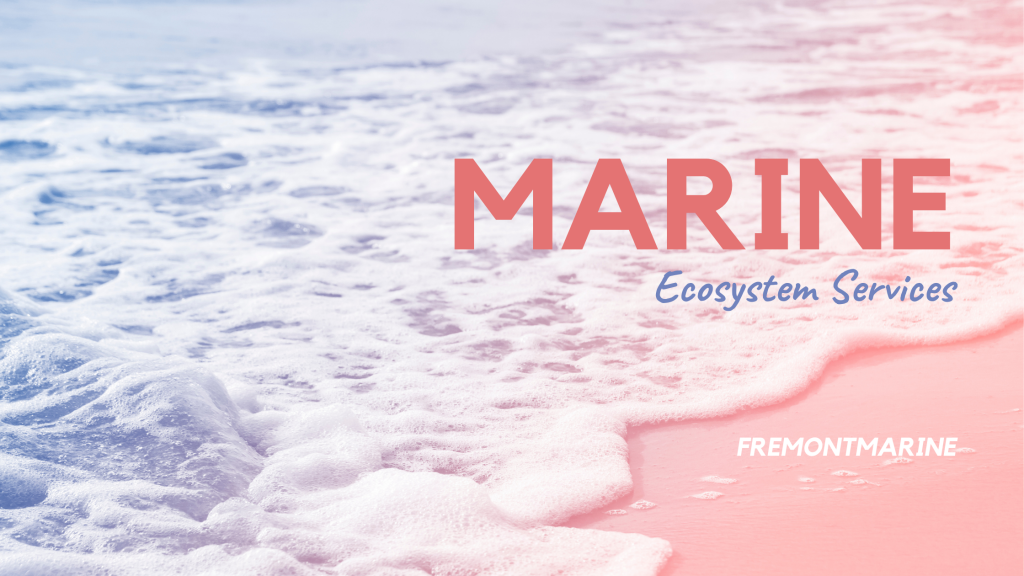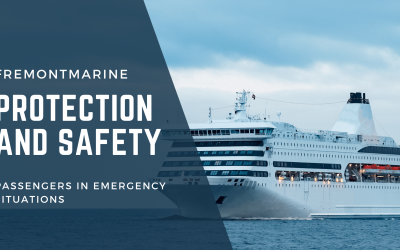What Are Marine Ecosystem Services?
We, humans, are the primary source of destroying major ecosystems of our planet. With the environmental concerns rising with each passing day, the need for its betterment is crucial and marine services prove to be very helpful. Thus due steps must be taken to overcome the destruction of ecosystems. Like many other ecosystems, marine ecosystems might be at the risk of getting affected by the wastage process of mega industries. Such problems are solvable through the proper implementation of marine ecosystem services.
Before getting an idea of marine ecosystem services, let’s focus on what marine ecosystems are.
1. What are marine ecosystems?
Marine ecosystems are the aquatic surroundings where major aquatic species play their unique role and survive in these ecosystems. The whole marine ecosystem depends on these species and how they evolve. Both the living and non-living factors of the waters come under the broad category of marine ecosystems. Marine ecosystems are of three types which are:
- Estuaries
- Mangrove forests
- Salt marshes
- Coral reefs
- Open ocean
- Deep-sea ocean
1.1 Estuaries
The coastal area where oceans meet rivers is known as the estuary region, where the nutrients and all kinds of other salts present in seas mix with those of oceans. These nutrients prove to be very helpful for major sea creatures. Therefore, these estuaries provide the possibility of a life of several aquatic creatures. Furthermore, many human activities like fishing, trade, and shipping are also carried out here as estuaries benefit other primary activities. Therefore, estuaries provide quality marine ecosystem services.
1.2 Mangrove forests- the main source of marine ecosystem services
Found in tropical regions of the world, the Mangrove forests, regularly get filled with oceans flood. Hence the surface of the trees remains in the water. These forests also serve as a home for many species. Oceanic water fills in the roots of mangrove trees, resulting in the genesis of multiple species. These mangrove forests are home to different non-aquatic species like birds, amphibians—also a highly diversified species of fish and other aquatic animals.
1.3 Salt marshes
Salt marshes, unlike the estuaries, are in a region where oceans meet the land. This region has its benefits, like abundant nutrients and sediments necessary for various aquatic animals. In addition, these marshes are backed by high tides, which results in the creation of different salts and nutrients.
1.4 Coral reefs
According to many experts, the coral reef system covers over a quarter of the oceanic region around the globe. The coral reefs, found in a bit deeper ocean, serve as a source of food for major aquatic animals like dolphins, turtles, sharks, crustaceans, and much more. A shelter for the above-mentioned animals and a source of their diet, these coral reefs prove to be very important for marine life.
1.5 Open ocean
The open ocean lies even deeper than coral reefs. It’s an even deeper version of the oceans where the habitats of sharks, whales, and various octopi lie. The availability of oxygen is much better in this region, and here lies a wide range of aquatic species which one can only imagine.
1.6 Deep-sea ocean
Here in the deep-sea where lie traces of precious nodules that most scientists search for. Even deeper than the open ocean lies the deep sea. In this region, it’s dark, and the oxygen levels are also on a much lower side. This region creates a challenging environment for the species. The number of nutrients present in the deep sea is on a lesser side.
Now that we’ve learned about marine ecosystems and their various types let’s move towards marine ecosystem services.
2. Marine ecosystem services:
Now that we know about different marine ecosystems and their division, it’s important to learn about these systems. Marine ecosystem services are the advantages and positive aspects of marine life that they provide us. These marine ecosystem services are also important to learn about, as in today’s life, the most exploited ecosystem is that of marine life. This life is the most vulnerable, which could lead to the extinction of amazing aquatic animals.
Major human activities threaten the regularity of marine life, and hence when disturbed, the marine life ceases to extinct, which leads to further concerns. According to research, the development of human beings, and our ever-increasing population, these ecosystems are destroying. This research shows that 50% of salt marshes, 35% of mangroves, and 29% of coral reefs have already decayed.
3. Advantages of marine ecosystem services:
The first and foremost benefit that needs addressing is the mass supply of fish that these ecosystems offer us. This is the most important advantage of marine ecosystem services. The fish obtained from their habitats are a source of food to a majority of people worldwide, and therefore its trade becomes a major source of income for the shipowners.
Another advantage of marine ecosystem services is that it amazes people. Thus, the concept of exploring waters and scuba diving at a commercial level is increasing day by day, and examining if the oceans are a major demand for tourists. Thus the marine ecosystem services prove to be a source of income here as well.
The advantages of marine ecosystems services keep coming as another advantage is the level of reproductivity in offshore fishes. The salt marshes, coral reefs, and mangroves help in benefiting offshore fishing as these provide great help in coastal fish breeding.
Our emergency team makes sure to provide the best marine services. Life jackets, immersion suits, and chemical suits are also provided to keep the process smooth.
Further services include:
Lifeboat Services
Inflatable Liferafts
Load Testing Service
Calibration Services
Safety Equipment Supply
Fire Fighting Appliances.


